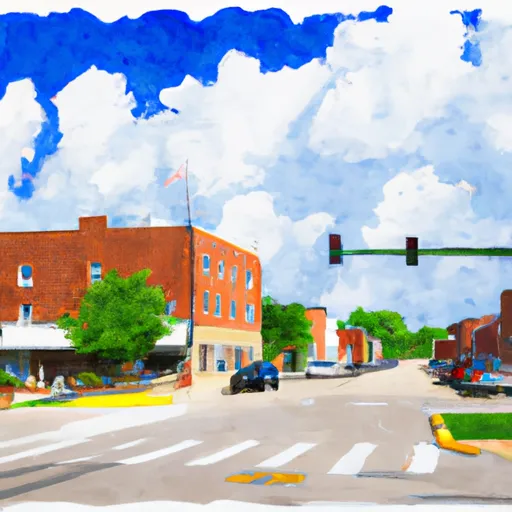°F
°F
mph
Windspeed
%
Humidity











Bryant, Iowa is a small rural town located in Jackson County. The climate in Bryant is typical of the Midwest, with cold winters and hot summers. The town is situated near the Wapsipinicon River, which provides a source of hydrology constituents for the area. Outdoor recreation opportunities in and around Bryant include fishing, boating, and hiking in nearby state parks. Maquoketa Caves State Park, which is just a short drive from Bryant, offers miles of hiking trails, cave explorations, and camping facilities. The area is also known for its hunting, with an abundance of deer and other game available to hunters during the appropriate season. Overall, Bryant offers a peaceful and natural environment for those seeking outdoor activities in a rural setting.
Weather Forecast
Bryant receives approximately 920mm of rain per year, with humidity levels near 79% and air temperatures averaging around 9°C. Bryant has a plant hardyness factor of 5, meaning plants and agriculture in this region thrive during a short period during spring and early summer. Most plants will die off during the colder winter months.
Regional Streamflow Levels
2,420
Cubic Feet Per Second
3,010
Cubic Feet Per Second
2,940
Cubic Feet Per Second
2,020
Cubic Feet Per Second
Nearby Camping
| Camping Area | Reservations | Toilets | Showers |
|---|---|---|---|
| St. Francois State Park | |||
| Bayou Segnette State Park | |||
| Bogue Chitto Water Park | |||
| Lefleurs Bluff State Park | |||
| Lake Lincoln State Park | |||
| Pere Marquette State Park |



